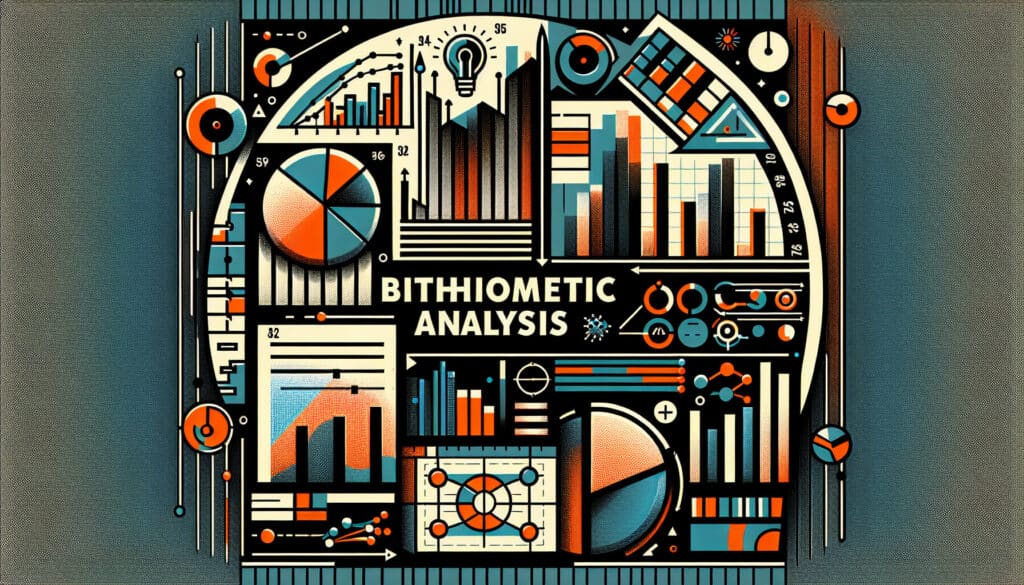A quantitative research méthode that uses statistical methods to analyze scientific publications.
- Méthodologies : Ergonomie
Analyse bibliométrique

Analyse bibliométrique
- Analyse de la variance (ANOVA), Évaluation de l'impact environnemental, Innovation, Contrôle de qualité, Gestion de la qualité, Recherche et développement, Statistical Analysis, Contrôle statistique des processus (CSP)
Objectif :
Comment il est utilisé :
- Bibliometric analysis is used to identify trends and patterns in scientific research. It can be used to identify the most influential researchers, institutions, and publications in a particular field.
Avantages
- Provides a quantitative and objective way to analyze scientific research, can be used to identify trends and patterns that are not apparent from a qualitative analysis, and can be used to inform research policy and funding decisions.
Inconvénients
- Can be difficult to conduct, requires a large amount of data, and the interpretation of the results can be subjective.
Catégories :
- Idéation, Résolution de problèmes
Idéal pour :
- Analyzing scientific publications to identify trends and patterns in research.
Bibliometric analysis finds extensive application across various sectors such as academia, pharmaceutical research, and engineering, facilitating a detailed understanding of the development of scientific inquiry within these fields. By quantifying publication metrics like citations, co-authorship networks, and institutional contributions, this methodology can reveal emerging research themes that are gaining traction, thereby guiding the strategic allocation of resources and funding in institutions dedicated to research and development. In the context of product design and innovation, companies may utilize bibliometric analysis during the early phases of project development to gauge the state of prevailing technologies or methodologies, informing decisions on investments in new product lines or processes. Collaboration among researchers, industry leaders, and academic institutions enhances the robustness of the analysis, enabling a comprehensive examination of previously published work and its implications. This data-driven approach also aids policymakers in identifying research strengths within their regions, guiding strategic initiatives aimed at boosting local scientific capacities. By analyzing patterns within grants or patents alongside publications, stakeholders can identify potential partnerships or competitive landscapes that may present new opportunities or challenges.
Principales étapes de cette méthodologie
- Define research questions or objectives that guide the analysis towards specific topics.
- Select appropriate bibliometric indicators such as citation counts, h-index, or impact factors.
- Choose relevant databases and sources for data retrieval specific to the research field.
- Process and clean the collected data for accuracy and consistency.
- Analyze data using statistical tools and software to uncover patterns and trends.
- Visualize findings through graphs, charts, or network maps to illustrate relationships.
- Interpret the results in relation to the initial research questions and objectives.
- Identify critical publications, authors, and institutions based on the analysis results.
Conseils de pro
- Utilize advanced metrics such as h-index or citation impact to evaluate the significance of individual researchers and institutions in relation to their peers.
- Incorporate network analysis tools to visualize collaboration patterns among authors, institutions, and countries, revealing hidden partnerships that influence research output.
- Apply machine learning algorithms to cluster publications, offering deeper identification of emerging subfields and trends that traditional metrics might overlook.
Lire et comparer plusieurs méthodologies, nous recommandons le
> Référentiel méthodologique étendu <
ainsi que plus de 400 autres méthodologies.
Vos commentaires sur cette méthodologie ou des informations supplémentaires sont les bienvenus sur le site web de la Commission européenne. section des commentaires ci-dessous ↓ , ainsi que toute idée ou lien en rapport avec l'ingénierie.
Contexte historique
1999-05-01
2000
2002
2013
1998
2000
2000
2003
2013-09-24
(si la date est inconnue ou n'est pas pertinente, par exemple "mécanique des fluides", une estimation arrondie de son émergence notable est fournie)









Articles Similaires
Simulation de Monte Carlo
Tests basés sur des modèles
Contrôle des modèles
Recherche sur les méthodes mixtes
À l'épreuve des erreurs (Poka-Yoke)
Test du profil de la mission